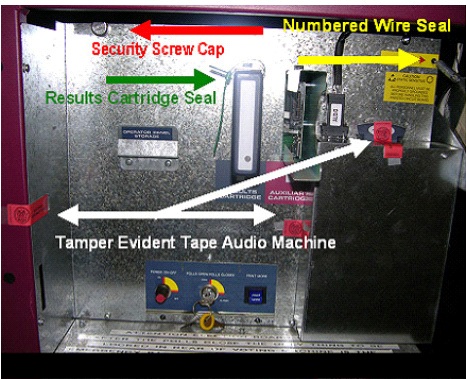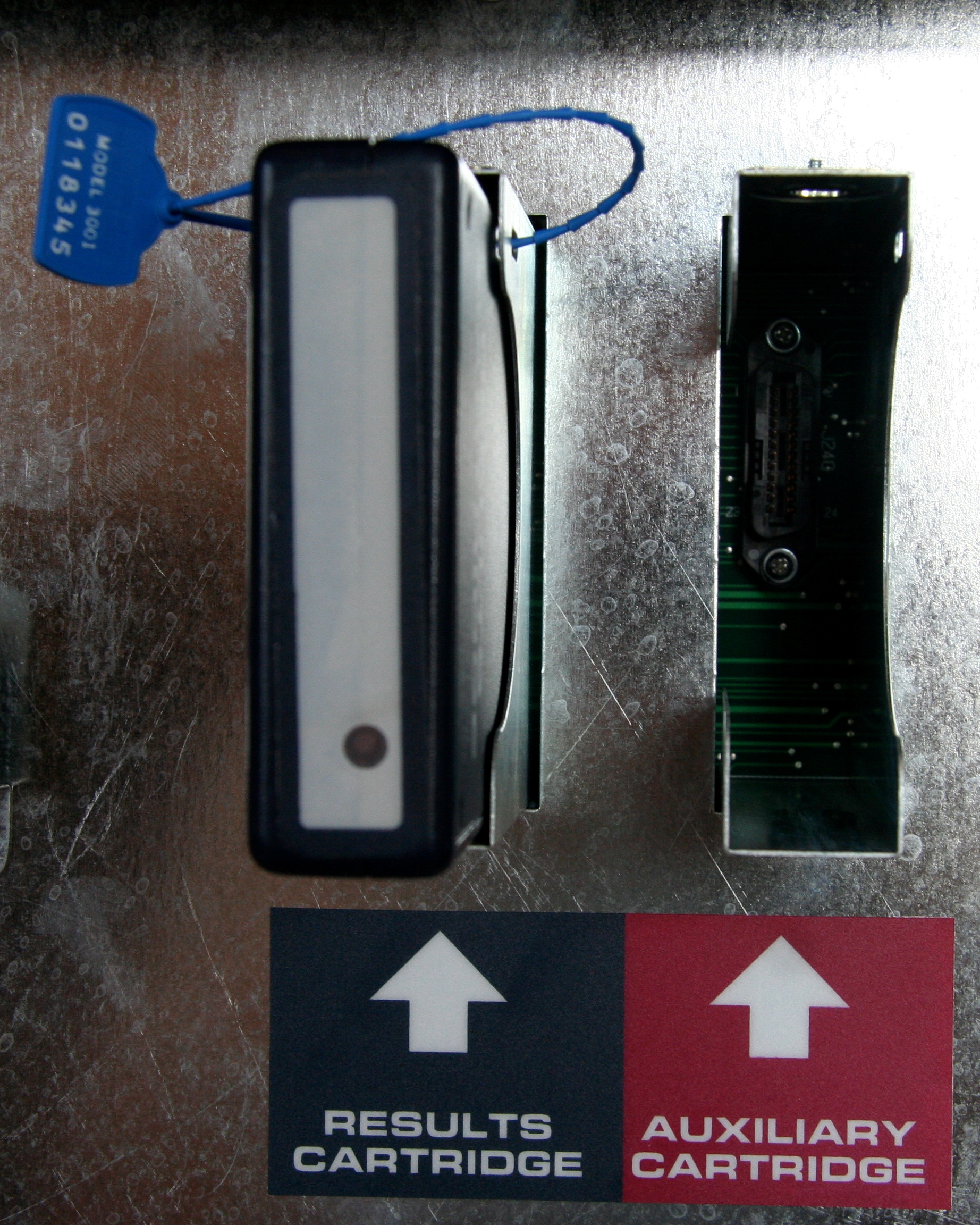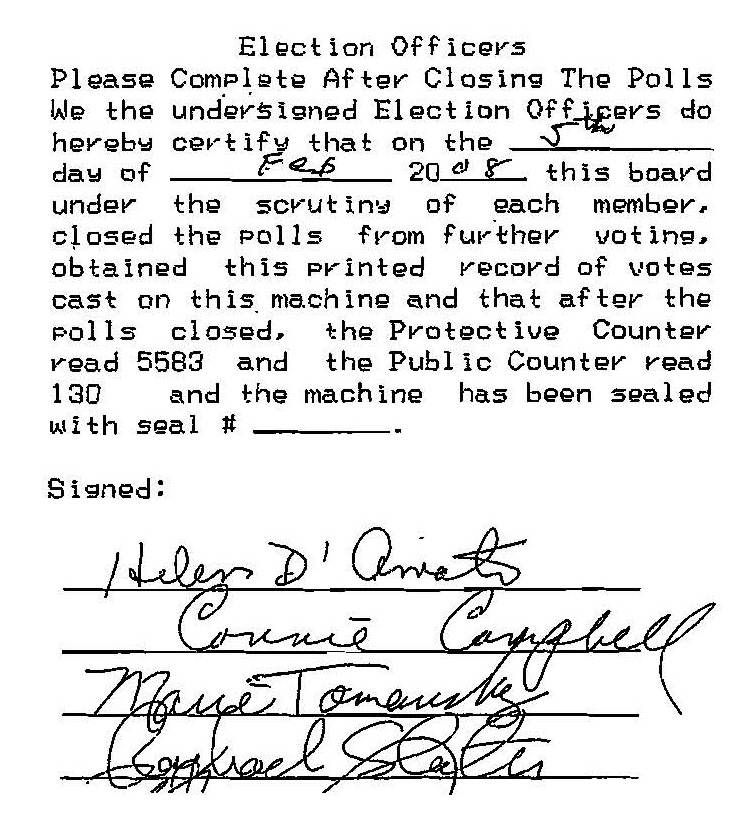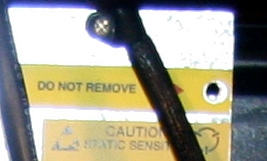During the New Jersey voting machines lawsuit, the State defendants tried first one set of security seals and then another in their vain attempts to show that the ROM chips containing vote-counting software could be protected against fraudulent replacement. After one or two rounds of this, Plaintiffs engaged Dr. Roger Johnston, an expert on physical security and tamper-indicating seals, to testify about New Jersey’s insecure use of seals.
In his day job, Roger is a scientist at the Argonne National Laboratory, working to secure (among other things) our nation’s shipments of nuclear materials. He has many years of experience in the scientific study of security seals and their use protocols, as well as physical security in general. In this trial he testified in his private capacity, pro bono.
He wrote an expert report in which he analyzed the State’s proposed use of seals to secure voting machines (what I am calling “Seal Regime #2” and “Seal Regime #3”). For some of these seals, he and his team of technicians have much slicker techniques to defeat these seals than I was able to come up with. Roger chooses not to describe the methods in detail, but he has prepared this report for the public.
What I found most instructive about Roger’s report (including in version he has released publicly) is that he explains that you can’t get security just by looking at the individual seal. Instead, you must consider the entire seal use protocol:
Seal use protocols are the formal and informal procedures for choosing, procuring, transporting, storing, securing, assigning, installing, inspecting, removing, and destroying seals. Other components of a seal use protocol include procedures for securely keeping track of seal serial numbers, and the training provided to seal installers and inspectors. The procedures for how to inspect the object or container onto which seals are applied is another aspect of a seal use protocol. Seals and a tamper-detection program are no better than the seal use protocols that are in place.
He explains that inspecting seals for evidence of tampering is not at all straightforward. Inspection often requires removing the seal—for example, when you pull off an adhesive-tape seal that’s been tampered with, it behaves differently than one that’s undisturbed. A thorough inspection may involve comparing the seal with microphotographs of the same seal taken just after it was originally applied.
For each different seal that’s used, one can develop a training program for the seal inspectors. Because the state proposed to use four different kinds of seals, it would need four different sets training materials. Training all the workers who would inspect the State’s 10,000 voting machines would be quite expensive. With all those seals, just the seal inspections themselves would cost over $100,000 per election.
His report also discusses “security culture.”
“Security culture” is the official and unofficial, formal and informal behaviors, attitudes, perceptions, strategies, rules, policies, and practices associated with security. There is a consensus among security experts that a healthy security culture is required for effective security….A healthy security culture is one in which security is integrated into everyday work, management, planning, thinking, rules, policies, and risk management; where security is considered as a key issue at all employee levels (and not just an afterthought); where security is a proactive, rather than reactive activity; where security measures are carefully defined, and frequently reviewed and studied; where security experts are involved in choosing and reviewing security strategies, practices, and products; where the organization constantly seeks proactively to understand vulnerabilities and provide countermeasures; where input on potential security problems are eagerly considered from any quarter; and where wishful thinking and denial is deliberately avoided in regards to threats, risks, adversaries, vulnerabilities, and the insider threat….
Throughout his deposition … Mr. Giles [Director of the NJ Division of Elections] indicates that he believes good physical security requires a kind of band-aid approach, where serious security vulnerabilities can be covered over with ad hoc fixes or the equivalent of software patches. Nothing could be further from the truth.
Roger Johnston’s testimony about the importance of seal use protocols—as considered separately from the individual seals themselves—made a strong impression on the judge: in the remedy that the Court ordered, seal use protocols as defined by Dr. Johnston played a prominent role.




